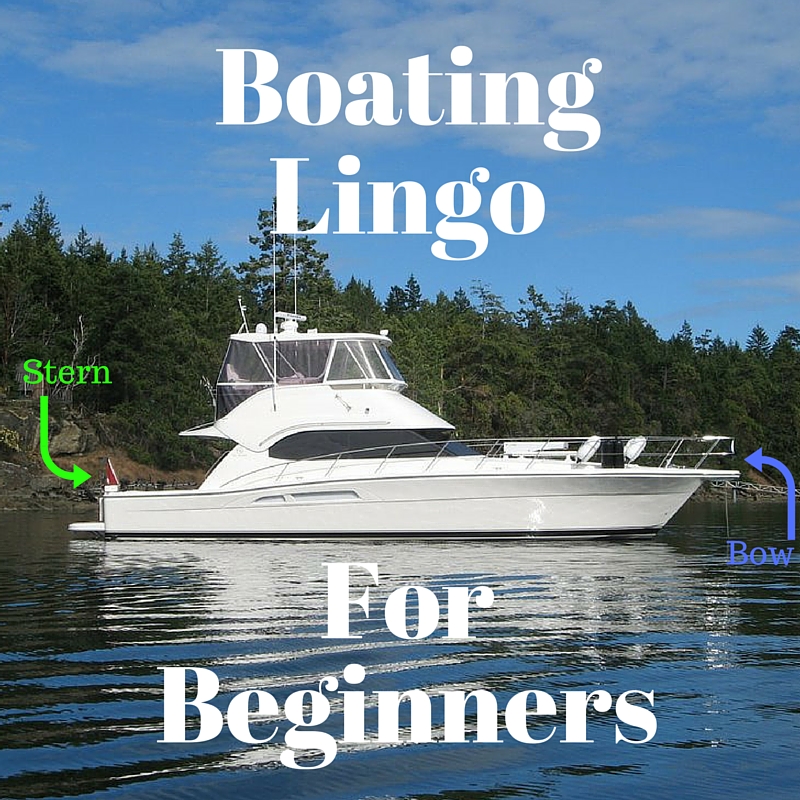Basic Boating Lingo for Beginners
 Before venturing out into open waters, it’s important to have a basic understanding of common boat terms associated with the positions and directions of your boat. To the uneducated ear, even the simplest of boating terms can sound like a second language. Knowing these terms will make it easier to communicate with people aboard the boat as well. We want to make sure that you have the best experience possible on your boating journey, so here’s our list of 10 basic boating terms.
Before venturing out into open waters, it’s important to have a basic understanding of common boat terms associated with the positions and directions of your boat. To the uneducated ear, even the simplest of boating terms can sound like a second language. Knowing these terms will make it easier to communicate with people aboard the boat as well. We want to make sure that you have the best experience possible on your boating journey, so here’s our list of 10 basic boating terms.
Stern: The back of a ship. If something is located at the stern, it is at the back of the boat. The stern is also known as the aft.
Bow: The front of the ship is called the bow. Knowing the location of the bow is important for defining two of the other most common sailing terms: port (left of the bow) and starboard (right of the bow).
Port: Port is always the left-hand side of the boat when you are facing the bow. Because “right” and “left” can become confusing sailing terms when used out in the open waters, port is used to define the left-hand side of the boat as it relates to the bow, or front.
Starboard: Starboard is always the right-hand side of the boat when you are facing the bow.
Leeward: Also known as lee, leeward is the direction opposite to the way the wind is currently blowing (windward).
Windward: The direction in which the wind is currently blowing. Windward is the opposite of leeward (the opposite direction of the wind).
Beam: The greatest width of the boat.
Draft: The depth of water a boat draws.
Dinghy (or Tender): A small open boat. A dinghy is often used as a tender for a larger craft.
Fender: A cushion, placed between boats, or between a boat and a pier, to prevent damage.
